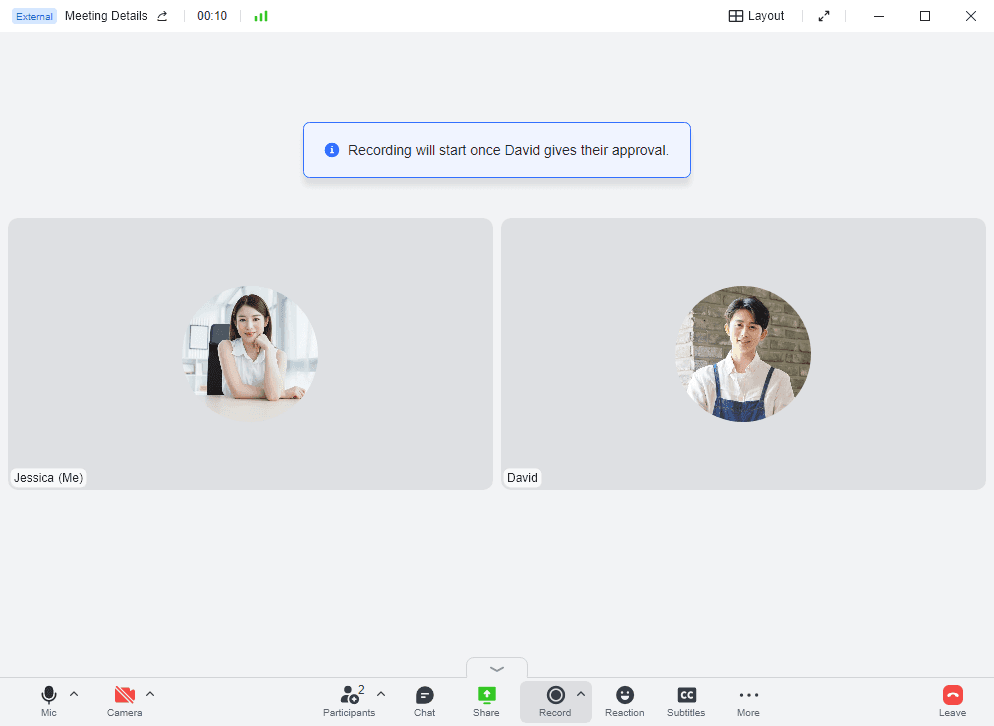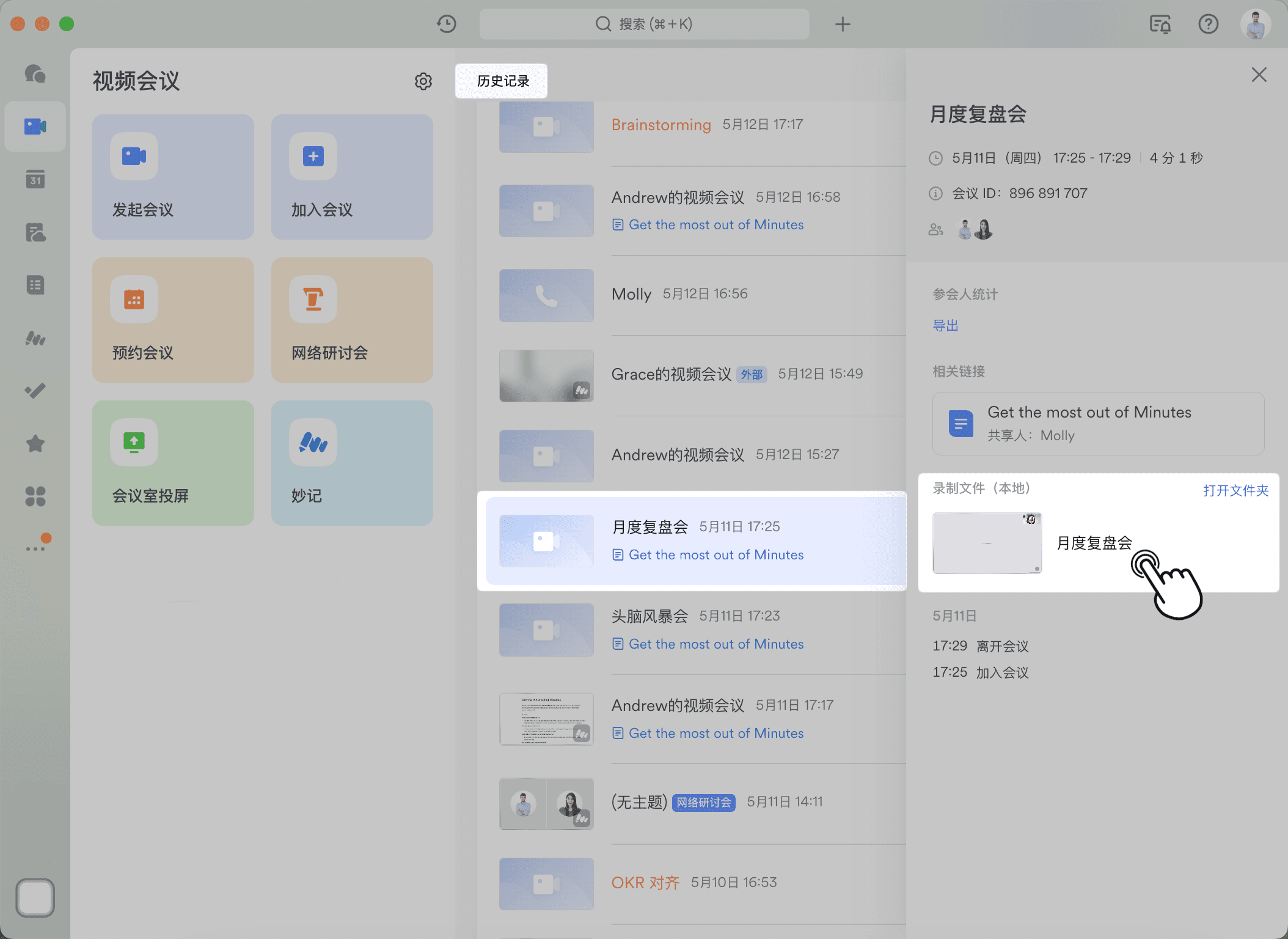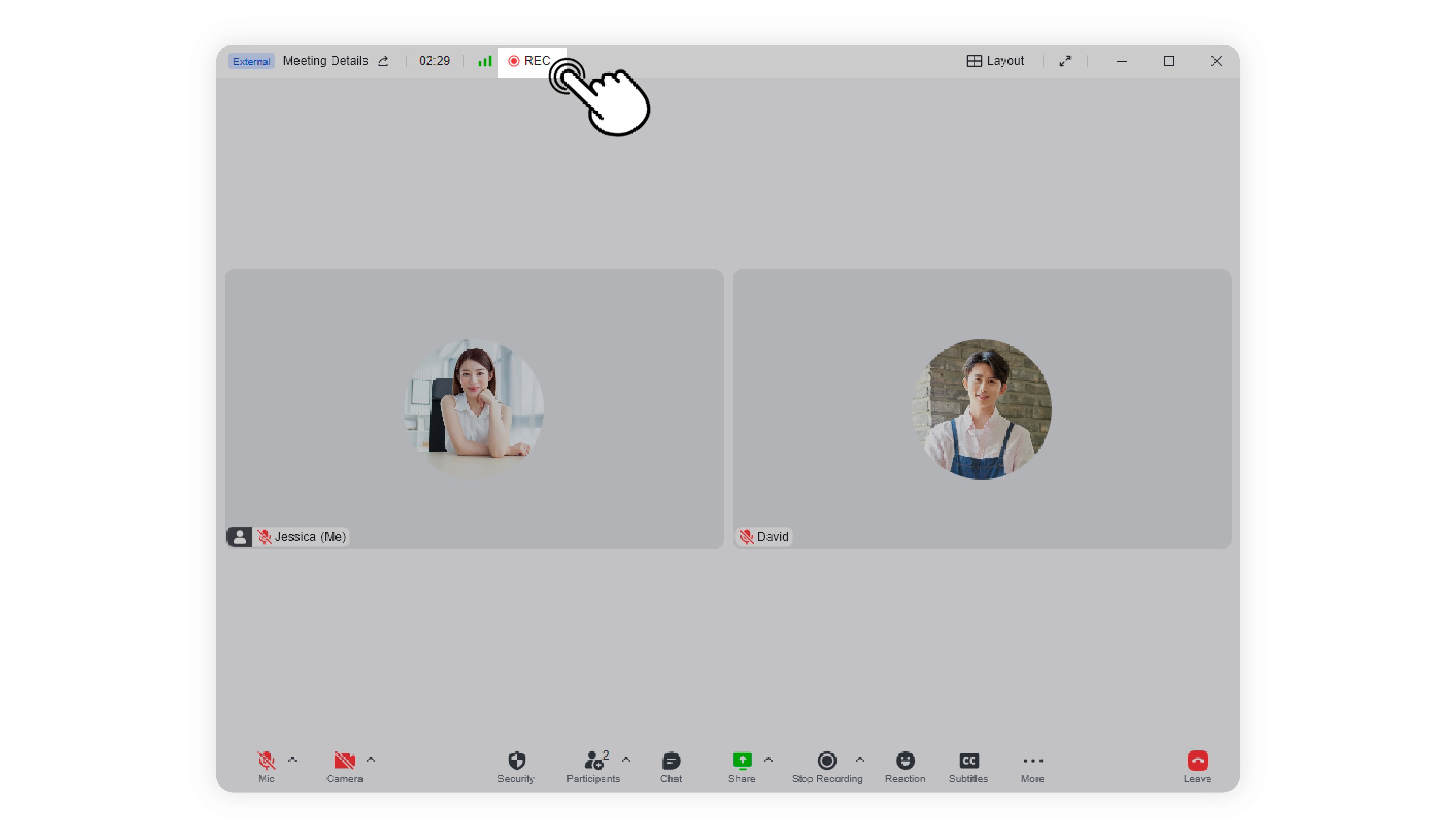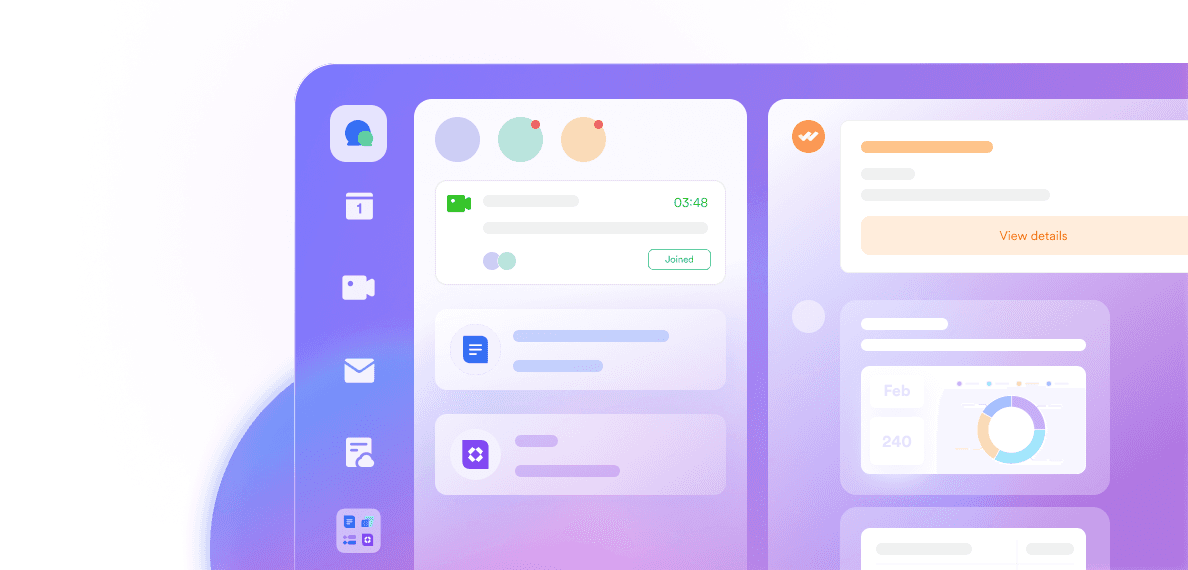Understanding the Concept of Record Meetings
Before diving into the world of record meetings, it's essential to understand what the term means. A record meeting is a digital or physical documentation of a business meeting that captures the most crucial points, conversations, and decisions made during the session. These records are vital in the business world as they serve as a reference point for future follow-ups, clarifications, and decision-making.
Why Record Meetings Matter: Their Benefits
1. Enhanced Communication and Collaboration
Record meetings facilitate better communication among team members by providing a clear and concise summary of the discussions and decisions made. This minimizes misunderstandings and promotes collaboration, as everyone has access to the same information.
2. Documentation and Accountability
Keeping a record of meetings ensures that all participants are held accountable for their actions and commitments. It also aids in tracking progress and identifying areas that need improvement. Moreover, these records serve as legal documentation in case of disputes or disagreements.
3. Time-saving and Productivity
A well-documented meeting record allows team members to quickly review the essential points of a meeting without having to rely on memory or spend time clarifying details. This saves time and enhances productivity, as everyone can focus on their tasks and projects instead of revisiting past discussions.
Key Features of a Record Meeting Tool
1. Accessibility and Ease of Use
A useful record meeting tool should be easily accessible and user-friendly. This means that team members should be able to access the records from anywhere, at any time, and on any device. The tool should also have an intuitive interface that makes it easy for users to navigate and find the information they need.
2. Integration with Other Tools
For seamless collaboration, the record meeting tool should integrate well with other business tools, such as project management and communication platforms. This ensures that all relevant information is consolidated in one place, making it easier for team members to access and work with the data.
3. Security and Privacy Features
Record meeting tools must have robust security and privacy features in place to protect sensitive business data. This includes password protection, data encryption, and user access controls. In addition, the tool should comply with relevant data protection regulations to safeguard the company's interests.
Choosing the Right Record Meeting Tool for Your Business
1. Identify Business Needs and Objectives
Before selecting a record meeting tool, it's crucial to evaluate your business needs and objectives. This involves identifying the aspects of your meetings that require documentation, the level of detail needed in the records, and the desired outcomes from using such a tool.
2. Assess Features and Compatibility
Once you have a clear understanding of your business needs, you can evaluate different record meeting tools based on their features and compatibility with your existing systems and processes. Look for a tool that offers the right balance of functionality, ease of use, and integration capabilities. It's also essential to ensure that the tool is compatible with your team's preferred devices and operating systems.
3. Consider Pricing and Support Options
Lastly, take into account the pricing and support options offered by the record meeting tool. Choose a tool that fits within your budget but also provides value for money. Additionally, make sure that the tool comes with reliable customer support to assist you with any issues or questions that may arise.Now that we have discussed the importance of record meetings and how to choose the right tool for your business, let us introduce Lark as an excellent option for recording meetings. Lark is a comprehensive suite of tools designed to enhance team collaboration and productivity. Among its many features, Lark's record meeting function stands out as a game-changer.
Maximizing the Benefits of Lark's Record Meeting Feature
In this blog post, we will dive into the benefits of using Lark's record meeting, provide a brief summary on how to use it, and discuss some best use cases for this feature.
Why You Should Use Lark's Record Meeting Feature
Recording meetings can bring numerous advantages to your team. Here are some essential benefits of using Lark's record meeting feature:
1. Improved collaboration:
With recorded meetings, team members who missed the meeting can easily catch up on discussions and decisions made during the session. This helps to keep everyone on the same page and maintain a smooth workflow.
2. Enhanced productivity:
Recorded meetings allow team members to focus on the conversation rather than taking extensive notes. With access to the recording, they can revisit the meeting to ensure they have captured all necessary information.
3. Clearer communication:
Lark's record meeting feature also includes automatic transcription, making it easier for team members to review and understand the content of the meeting. This is particularly helpful for non-native speakers or when discussing complex topics.
4. Better decision-making:
Having a record of the meeting discussions can help in the decision-making process, as team members can revisit the reasons and factors that led to a particular decision.
How to Use Lark's Record Meeting Feature: A Brief Summary
Using Lark's record meeting feature is simple and straightforward. Here's a quick summary of how to record a meeting in Lark:
1. During a Lark meeting, the host can click on the "Record" button on the control bar. Participants can also request the host to start recording the meeting by clicking on the "Record" button.

2. Once the meeting ends, the owner of the recording will receive a link to the minutes via the Video Meeting Assistant bot.

3. To view the recorded meeting, go to "Meetings" and click on a completed meeting marked with the "Minutes" icon. The link to the recorded meeting can be found under "Recordings (Minutes)" on the meeting details page.
For a more detailed guide on how to record a meeting, refer to [Lark's support article]
Best Use Cases for Lark's Record Meeting Feature
There are various scenarios where Lark's record meeting feature can be highly beneficial. Here are some of the best use cases to consider:
1. Training sessions:
Recording training sessions allows new team members to access the material at their own pace, ensuring that they fully understand the content. This can also serve as a valuable resource for future training.
2. Client presentations:
Recording client presentations can be useful for both internal review and sharing with the client. This ensures that all parties have a clear understanding of the discussed topics and can address any questions or concerns more effectively.
3. Brainstorming sessions:
Recording brainstorming sessions helps to capture the creative ideas and discussions that emerge during the meeting, allowing team members to revisit the content and further develop the ideas.
4. Performance reviews:
Recording performance reviews can provide both managers and employees with a comprehensive record of the discussion, enabling them to reflect on the feedback and track progress over time.
Frequently Asked Questions about Lark's Record Meeting Feature
Here are some common questions and answers concerning Lark's record meeting feature:
1. Can you record rehearsals?
Rehearsals cannot be recorded. If meetings have been set to automatically record, then recording will start once the meeting is officially started.
2. How can I enable meeting recording reminders?
You can enable meeting recording reminders by clicking on your profile photo in the Lark app, then going to "Settings" > "Video Meetings" and checking the box in front of "Receive recording pop-up reminders."
3. What is the difference between local recording and cloud recording?
Local recording saves the meeting recording on your device, while cloud recording stores the recording on Lark's cloud servers. Cloud recording allows for easier sharing and access to the recording by all team members.

In conclusion, by understanding the concept of record meetings, their benefits, and the key features of a record meeting tool, you can make an informed decision about the right tool for your organization. Lark's record meeting feature is an excellent solution that offers a comprehensive and user-friendly platform for your team. By carefully considering your business needs, evaluating features and compatibility, and considering pricing and support options, you can select the ideal record meeting tool to help your business thrive.
Table of Contents








